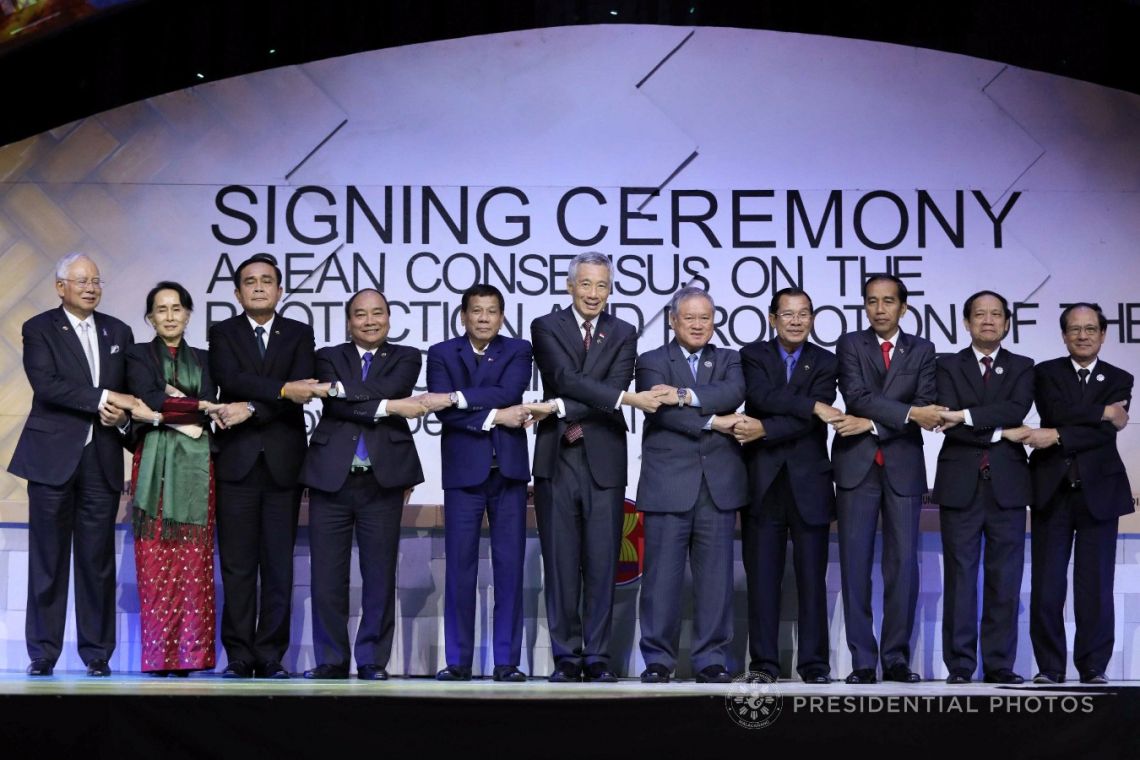NOT all stories of labor migration in Southeast Asia are bleak and foreboding. Many workers are only too happy to have found employment in the region’s more affluent states—with none of the struggles of their not-so-fortunate compatriots.
Alvin Canlas is one of the more than two million Filipino workers all over the world. The 28-year-old architect has been working in Singapore for the past four years. He enjoys a good salary and company benefits like all-expense-paid yearly staff trips abroad.
“Life has been very good,” said Canlas, whose earnings are partly tucked away in investments in the Philippines and his host city-state.
Lucia Sabas is just as grateful for having been a former OFW. Working as a domestic worker for many years in Singapore allowed her to support her wage-earner husband in putting their five children through college.
She is back in her country, enjoying a life of relative ease and comfort, thanks to her children, all grown up, armed with college diplomas and gainfully employed.
Migrant workers’ remittances are a definite boon to the sending countries’ economies. Between 1998 and 2007, remittances to developing countries grew from $20 billion to $328 billion, according to a 2010 report of the United Nations Conference on Trade and Development. “And it is likely that billions more are transferred through unofficial sources,” said UNCTAD, citing World Bank data.
“Migration and remittances have become very significant for many economies and been hailed as offering new opportunities for economic development,” says a 2009 paper jointly prepared by Migrante International, a Philippine-based NGO, and IBON Foundation, an independent think tank. But “their real contribution to real domestic development,” including households, “is much more qualified if they are assessed in their broader social, economic and political context.”
That “broader context” must be seen against the backdrop of what many migrant workers, particularly those in low-skilled jobs, as well as domestic help, must endure while serving out their contracts. This, plus the social costs of labor migration on families who must endure years of separation and its unintended consequences.
On the upside, there have been some positive changes in how member countries like Singapore deal with migrant worker issues. Early this year the wealthy city-state issued a new policy mandating weekly rest days for domestic workers.
“The changes are very slow and there is (government) resistance to a lot of the changes” that civil society organizations have tried to get the state to address, said John Gee, immediate past president and executive committee member of the nongovernmental Transient Workers Count Too, which assists low-wage migrant workers in Singapore, who comprise a fifth of the city-state’s population.
Singapore’s Ministry of Manpower assures, though, that migrant workers in Singapore “are protected under a comprehensive set of legislative, administrative and promotional measures which are aligned with the obligations of receiving states under the Cebu Declaration.”
The ASEAN declaration made in 2007 in its summit in Cebu seeks to protect and promote the rights of migrant workers in the region.—Tess Bacalla
Part 1: ASEAN urged to set up mechanism to protect migrant rights
Conclusion: ASEAN locks horns on migrant workers' rights


